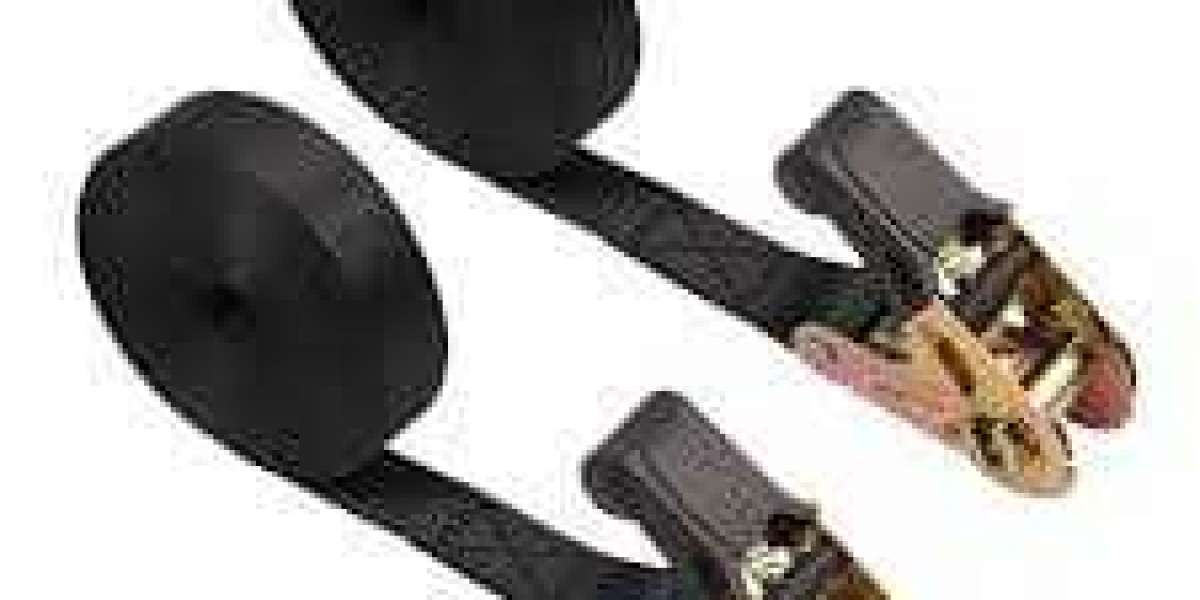In recent years, the quest for effective hair restoration methods has led to the rise of various innovative treatments. One such method that has garnered significant attention is PRP hair treatment, a procedure that utilizes the body's own natural resources to stimulate hair growth. This article delves into the intricacies of PRP hair treatment, exploring its mechanisms, benefits, and what individuals should expect from the process.
Understanding PRP Hair Treatment
PRP, or Platelet-Rich Plasma, is derived from a person's own blood, making it a particularly unique and appealing treatment option. The process begins with a simple blood draw, where a small amount of blood is collected from the patient. This blood is then placed into a centrifuge, a device that spins the blood at high speeds to separate the components based on their densities. The result is a concentration of platelets and growth factors, which are crucial for tissue repair and regeneration.
The concentrated plasma is rich in growth factors, proteins, and other bioactive substances that play a vital role in the healing process. When injected into the scalp, PRP stimulates hair follicles, encourages new hair growth, and enhances the overall health of existing hair. This natural approach aligns with the increasing demand for treatments that minimize synthetic interventions and leverage the body's inherent healing capabilities.
How PRP Hair Treatment Works
The efficacy of PRP hair treatment lies in its ability to harness the body's natural healing properties. Upon injection into the scalp, the growth factors in the PRP promote increased blood supply to hair follicles, which is essential for nourishing and revitalizing them. This enhanced blood flow not only supports the growth of new hair but also fortifies existing strands, leading to thicker and healthier hair overall.
Additionally, PRP has anti-inflammatory properties that can help reduce inflammation in the scalp, creating a more favorable environment for hair growth. This dual action—stimulating hair follicles while soothing inflammation—makes PRP a compelling option for individuals experiencing hair thinning or loss due to various factors such as genetics, stress, or hormonal changes.
Benefits of PRP Hair Treatment
One of the most significant advantages of PRP hair treatment is its minimally invasive nature. Unlike traditional hair transplant procedures, which can be invasive and require significant recovery time, PRP is a non-surgical option that typically involves little to no downtime. Patients can return to their normal activities shortly after the procedure, making it an appealing choice for those with busy lifestyles.
Moreover, since the treatment utilizes the patient's own blood, the risk of allergic reactions or adverse side effects is significantly reduced. This biocompatibility enhances the safety profile of PRP, making it suitable for a wide range of individuals seeking hair restoration solutions.
The results of PRP hair treatment can also be quite remarkable. Many patients report noticeable improvements in hair density and thickness within a few months of undergoing the procedure. While individual results may vary, studies indicate that PRP can lead to a significant increase in hair count and overall hair quality, providing a natural and effective solution for those struggling with hair loss.
What to Expect During the Treatment Process
The PRP hair treatment process typically involves several key steps, ensuring that patients are well-informed and comfortable throughout. Initially, a consultation with a qualified practitioner will help determine if PRP is the right fit for the individual’s hair loss concerns. During this consultation, the practitioner will assess the patient's scalp condition, discuss expectations, and outline a personalized treatment plan.
On the day of the procedure, patients will undergo a blood draw, which is a quick and straightforward process. Once the blood is collected, it will be processed in the centrifuge to isolate the PRP. Following this, the practitioner will prepare the scalp by cleansing it and may apply a local anesthetic to ensure comfort during the injections.
The final step involves the careful injection of PRP into targeted areas of the scalp. While some patients may experience mild discomfort during the injections, the use of local anesthesia usually mitigates this. The entire procedure typically lasts about an hour, making it a convenient option for those seeking effective hair restoration without the lengthy time commitment of surgical alternatives.
Who Is an Ideal Candidate for PRP Hair Treatment?
PRP hair treatment can benefit a wide range of individuals; however, certain criteria can help determine suitability. Generally, it is most effective for individuals experiencing androgenetic alopecia, a common form of hair loss that affects both men and women. Additionally, those who have recently experienced hair thinning or loss due to stress, illness, or hormonal changes may also see positive results from PRP treatment.
It is essential for potential candidates to have realistic expectations about the outcomes of the procedure. While many individuals experience significant improvements, results can vary based on factors such as the extent of hair loss, the individual's overall health, and adherence to post-treatment care recommendations.
Post-Treatment Care and Expectations
After undergoing PRP hair treatment, patients may experience mild swelling or tenderness at the injection sites, but these symptoms typically resolve within a few days. Practitioners often provide detailed post-treatment care instructions, which may include recommendations to avoid strenuous activities, excessive sun exposure, or certain hair care products for a brief period following the procedure.
The timeline for visible results can vary. Many patients start to notice improvements in hair growth after three to six months, with optimal results often observed at the one-year mark. It is crucial for individuals to remain patient during this period, as hair growth is a gradual process.
Conclusion
In summary, PRP hair treatment presents a compelling, natural solution for those facing hair loss. By utilizing the body's own healing properties, this innovative treatment offers a safe and effective way to stimulate hair growth and enhance overall hair quality. With minimal downtime and a favorable safety profile, PRP has become a preferred choice for many individuals seeking to restore their hair.
For those considering this transformative treatment, it is highly advisable to consult with a qualified practitioner who can tailor the approach to individual needs and expectations. If you're looking to rejuvenate your hair and boost your confidence, consider exploring your options with Este Medical Group. Take the first step toward a fuller head of hair today!







